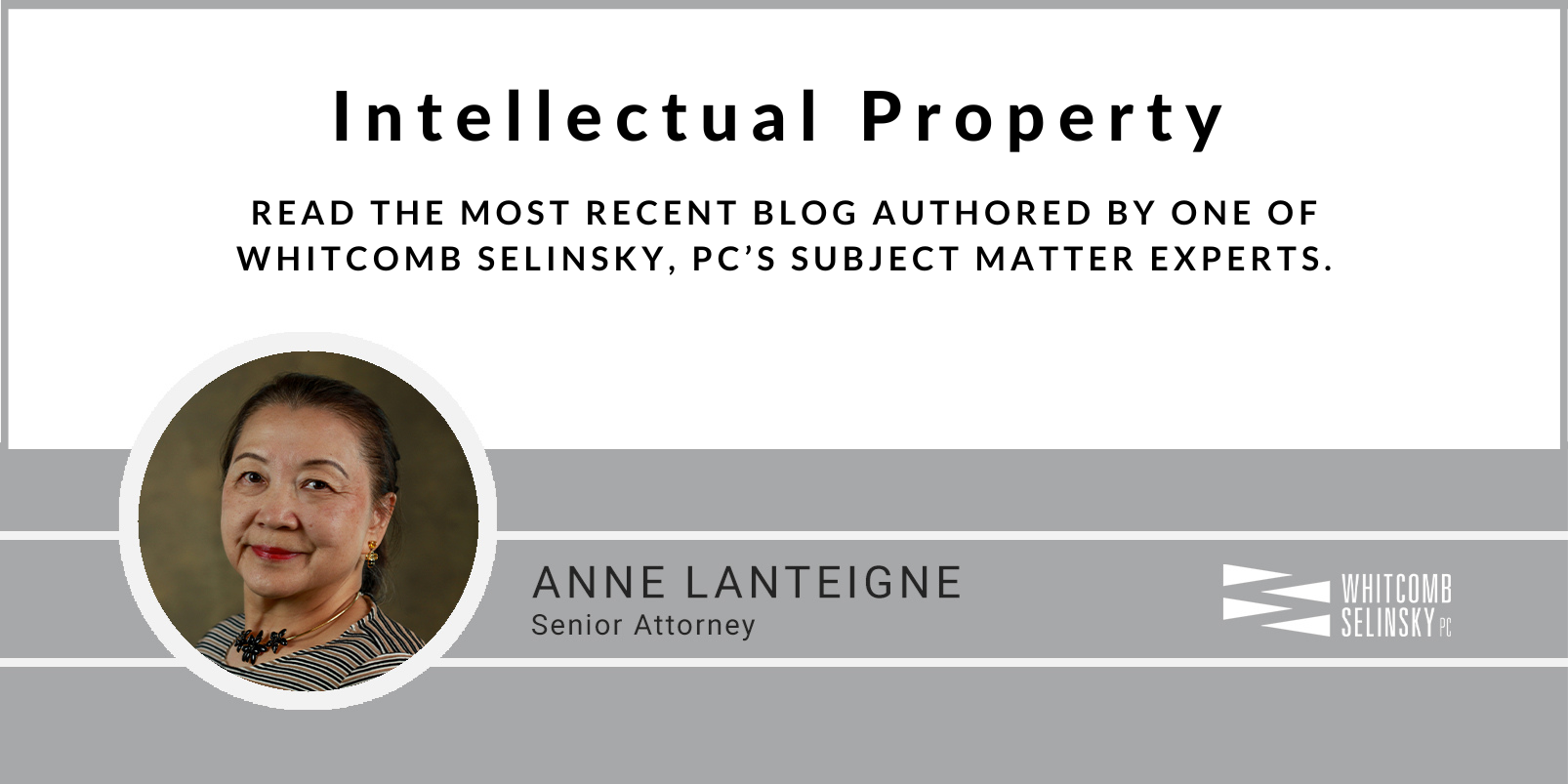
Intellectual property (IP) has been receiving more notice from the Government and acquiring greater importance in Government contracting activities in recent years. In many contracts with the Government, intellectual property and rights therein can represent a significant portion of the value the contractor brings to the table. Consequently, it is critical for contractors to take all necessary steps to protect their IP rights (IPR) when negotiating for and performing Government contracts.
But what is intellectual property?
Merriam-Webster defines IP as “property (such as an idea, invention, or process) that derives from the work of the mind or intellect.”
The peculiar thing about IP is that it is intangible (i.e., one cannot physically touch it). Unlike things you can touch physically (i.e., tangible), such as a light bulb, the intellectual property embodied in that light bulb is intangible, such as information regarding the components of the bulb, how the components are put together to work to create the light, and how the bulb is manufactured. For example, the paper on which such information may be written down is tangible, but the information and data itself, when disembodied from the paper, is not tangible.
There are four main categories of IP under U.S. law: Patent, Copyright, Trademark, and Trade Secret. Each is briefly explained below.
Patent – May be obtained on any invention that is new and non-obvious (when considering prior art/technology) and meets all other patentability criteria under the law. An idea by itself is not patentable, no matter how wonderful the idea may be. An issued patent, which is a public document, gives the patent owner, for a certain period of time, the rights to exclude others from making, using, or selling the patented invention. The extent of the right to exclude is determined by the language of the claims section of the issued patent. You should get a license to practice someone else’s patented invention if you want to avoid claims of infringement. It is noted in Government contracts, depending on the circumstances surrounding the making of an invention by the contractor, the Government may be entitled to certain royalty-free license rights for that invention. Furthermore, if the contractor fails to take, in a timely manner, certain required steps to report the making of an invention under a Government contract, the contractor may end up losing the entire title of ownership of the invention to the Government.
Copyright – Comes into existence the moment a work is created, even without the placement of a copyright marking on the work or registration of the work at the U.S. Copyright Office. Copyright can exist in artistic expression in tangible form (again, not just an idea), such as books, movies, paintings, music, and choreography. The copyright owner of a work has the exclusive rights to reproduce (i.e., copy), create derivative works, distribute, display, and perform the copyrighted work. Notably, any works created by U.S. Government are not subject to copyright protection. For items posted on the internet, do not assume the item is in the public domain (i.e., not copyrighted) just because it is on the Internet. You should get a license to reproduce, distribute, display, and/or perform someone else’s copyrighted work if you want to avoid claims of infringement. A notable exception for needing to obtain a copyright license is “fair use”. Whether a particular use of someone else’s copyrighted material qualifies as “fair use” requires a case-by-case analysis based on several established factors.
Trademark – A name, mark, color, pattern, and/or sound that indicates the source of goods or services and distinguishes them from like or related goods and services from other sources. Some examples are Microsoft®, Windows®, T-Mobile®, the “Ricola!” exclamation, and the sound marks of NBC and Intel. These marks help the consumer avoid confusion as to the source of the product or service he/she is about to select. If, as a business, you have built up goodwill or a good reputation, you should endeavor to protect and enforce your trademark rights.
Trade Secret – Any information that is valuable to its owner due to its secrecy and affords its owner an advantage against competitors who do not have that information. Some examples are the Coke® formulas, the undisclosed blueprint of a machine, the process of making that machine, and confidential customer lists. Something cannot be the subject matter of a patent and a trade secret at the same time since a patent is a public document whereas a trade secret is a secret. Therefore, a piece of information must stay secret if it is to remain valid as a trade secret. Once it is disclosed, whether by intent or oversight, it is no longer a trade secret. A non-disclosure agreement (NDA) is a useful tool to maintain the confidentiality of a trade secret when it is disclosed to specific recipients for legitimate purposes, such as conducting business.
In addition to the above-listed categories, two particular kinds of intellectual property rights that are unique to Government contracting are technical data rights and computer software rights. Issues pertaining to these rights are becoming more prominent in Government contracting because they can represent a significant source of revenue for the contractor. The government is paying closer attention than ever to these rights and aggressively pursuing its claimed entitlement to them. For more information on data and computer software rights, read "License Required: Technical Data and Computer Software in Government Contracts."
For more information on intellectual property and how to protect your rights, contact us at Whitcomb Selinsky, PC. We can assist you with creating a non-disclosure agreement, registering your trademark or trademarks with the U.S. Patent and Trademark Office, submitting a patent application, or prosecuting a business or individual for copyright infringement. You worked hard on your idea, invention, or process, and we will work hard to protect it.


